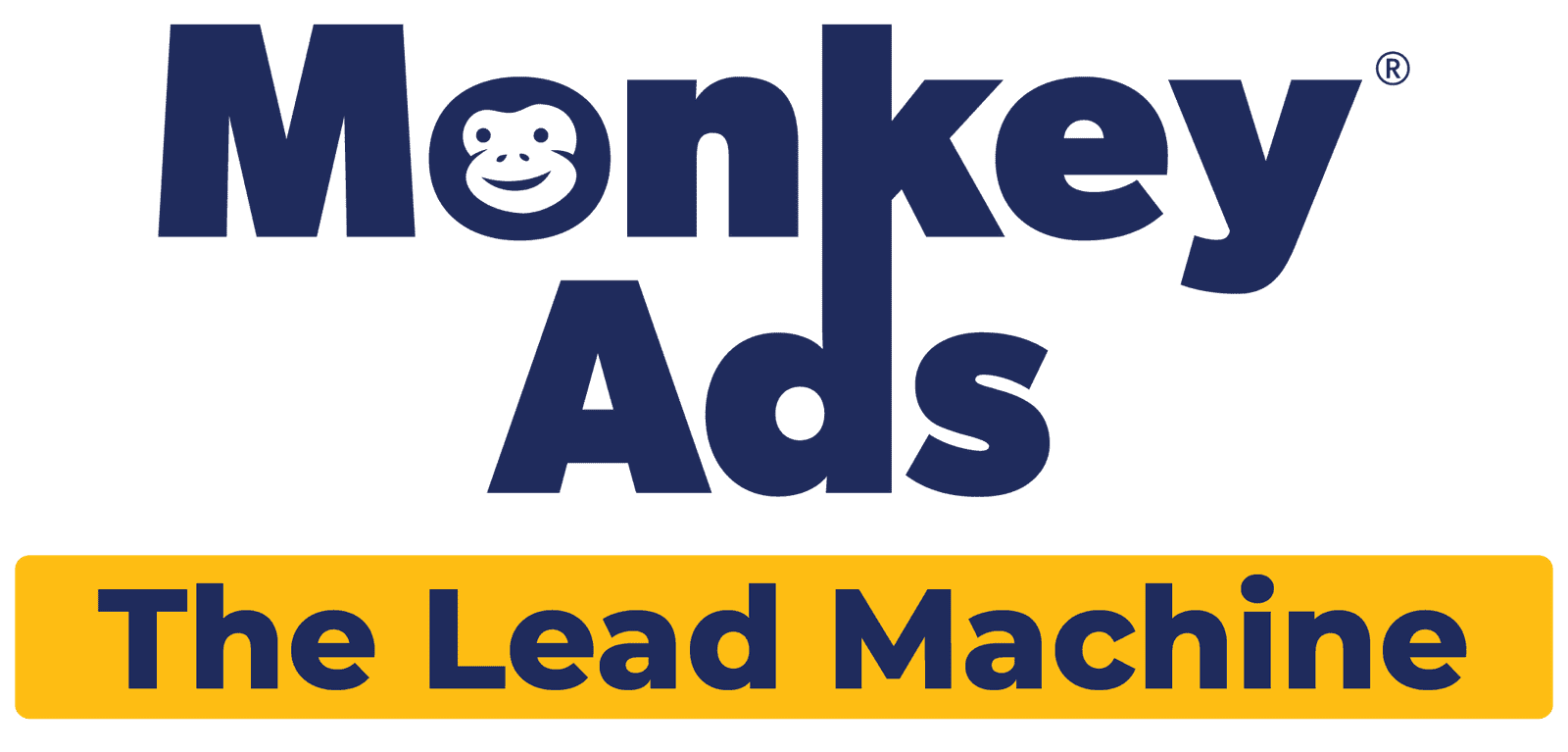In today’s digital age, social media advertising is an essential component of success. With billions of active users across platforms like Facebook, Instagram, LinkedIn, and TikTok, businesses have endless opportunities to reach their target audience. However, choosing the right strategy can make or break your campaign. In this blog, we’ll explore the best ways to advertise on social media and how to select the most effective approach for your business.
1. Define Your Advertising Goals
Before diving into social media advertising, it’s crucial to establish clear objectives. Ask yourself:
- Do you want to increase brand awareness?
- Are you looking to drive website traffic?
- Is lead generation your primary goal?
- Do you need to boost sales and conversions?
Each platform offers different ad formats and targeting options tailored to specific objectives. Aligning your goals with the right platform and strategy ensures a higher return on investment (ROI).
2. Know Your Target Audience
Understanding your audience is key to crafting a successful social media ad strategy. Consider factors like:
- Demographics (age, gender, location, income level)
- Interests & behaviors (shopping habits, online activity)
- Preferred platforms (Facebook, Instagram, LinkedIn, TikTok, Twitter, Pinterest)
Use audience insights tools like Facebook Audience Insights and Google Analytics to refine your targeting and ensure your ads reach the right people.
3. Choose the Right Social Media Platform
Each social media platform serves different audiences and business needs. Here’s a quick guide:
- Facebook Ads – Ideal for broad reach, brand awareness, and lead generation.
- Instagram Ads – Best for visual storytelling, product promotions, and influencer collaborations.
- LinkedIn Ads – Effective for B2B marketing, professional networking, and high-ticket services.
- Twitter Ads – Great for real-time engagement, trending topics, and brand visibility.
- TikTok Ads – Perfect for creative, short-form video content targeting younger audiences.
- Pinterest Ads – Excellent for eCommerce, lifestyle brands, and visual discovery.
4. Select the Right Ad Format
Choosing the right ad format is essential for maximizing engagement and conversions. Common social media ad formats include:
- Image Ads – Simple, high-quality visuals with engaging captions.
- Video Ads – Great for storytelling and showcasing product features.
- Carousel Ads – Allow multiple images/videos in a single ad.
- Story Ads – Full-screen, immersive ads that disappear after 24 hours.
- Lead Generation Ads – Collect customer information directly within the platform.
5. Craft Compelling Ad Copy & Creatives
Your ad’s message and design play a crucial role in attracting and retaining audience attention. Follow these best practices:
- Use clear and concise messaging.
- Include a strong call-to-action (CTA) (“Shop Now,” “Sign Up,” “Learn More”).
- Keep branding consistent with your logo, colors, and fonts.
- Use high-quality visuals and videos to make your ads stand out.
6. Set Your Budget and Bidding Strategy
Social media ads can be cost-effective when optimized correctly. You can choose between:
- Cost Per Click (CPC) – You pay when someone clicks on your ad.
- Cost Per Impression (CPM) – You pay for every 1,000 impressions.
- Cost Per Conversion – You pay when users complete a desired action (purchase, sign-up, etc.).
Start with a small budget, test different ad variations, and gradually scale your spending on high-performing ads.
7. Optimize with A/B Testing
To improve ad performance, conduct A/B testing (split testing) by experimenting with:
- Different headlines and ad copy variations.
- Various images, videos, or carousel ads.
- Adjusting CTA placements.
- Testing different audience segments.
Track key metrics like CTR (Click-Through Rate), conversion rates, and engagement to identify the best-performing ad.
8. Measure Performance and Adjust Strategy
Monitoring ad performance is critical for ongoing success. Use tools like:
- Facebook Ads Manager
- Google Analytics
- LinkedIn Campaign Manager
Key performance indicators (KPIs) to track include:
- Engagement Rate – How many users interact with your ads.
- Conversion Rate – The percentage of users who complete the desired action.
- Return on Ad Spend (ROAS) – The revenue generated compared to the ad spend.
9. Leverage Retargeting Campaigns
Retargeting helps convert visitors who didn’t take action the first time. Some effective retargeting strategies include:
- Showing ads to users who visited your website but didn’t make a purchase.
- Targeting users who engaged with your previous posts or ads.
- Using dynamic retargeting ads to display products a user previously viewed.
10. Stay Updated with Social Media Trends
Social media platforms constantly update their algorithms and advertising features. Stay ahead by:
- Following industry blogs like MonkeyAds,HubSpot,and Social Media Examiner.
- Attending webinars and online marketing events.
- Experimenting with new ad formats and emerging platforms like Threads or BeReal.
Final Thoughts
Selecting the best social media advertising strategy requires careful planning, audience understanding, and continuous optimization. By defining your goals, choosing the right platform, crafting compelling ads, and analyzing performance, you can maximize your ROI and drive meaningful business growth.
Looking for expert assistance? Our team at MonkeyAds can help you create a high-converting social media ad campaign tailored to your business goals!




